Famous landmarks and monuments are often shrouded in myths and misconceptions. These myths can distort our understanding and appreciation of these iconic structures. Here, we debunk 15 common myths about famous landmarks and monuments to give you a clearer picture of their real stories.
The Great Wall of China is Visible from Space
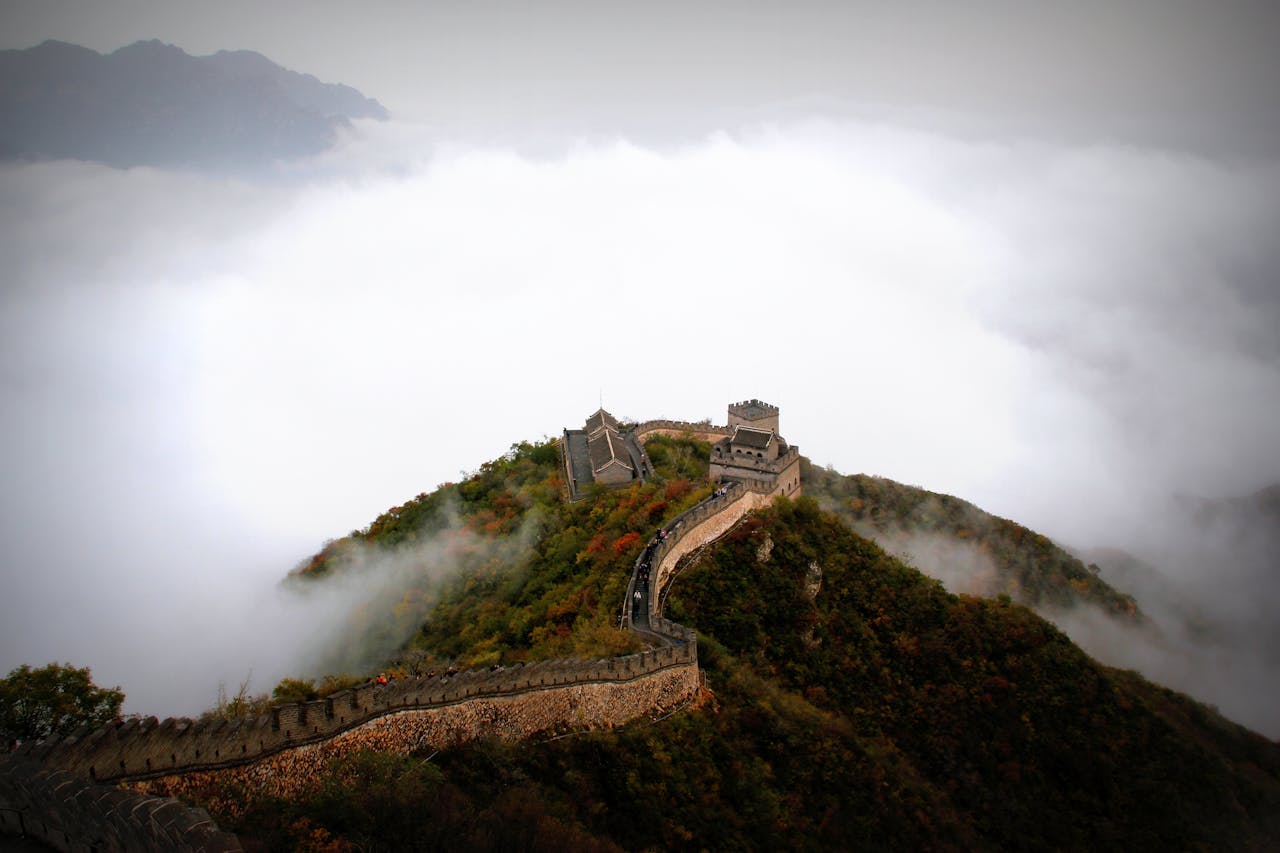
Many believe the Great Wall of China is visible from space. This myth is false. Astronauts have confirmed that the wall is hard to see with the naked eye from space. It blends in with its surroundings. The Great Wall is impressive, but it’s not as visible as many think.
The Pyramids Built by Slaves
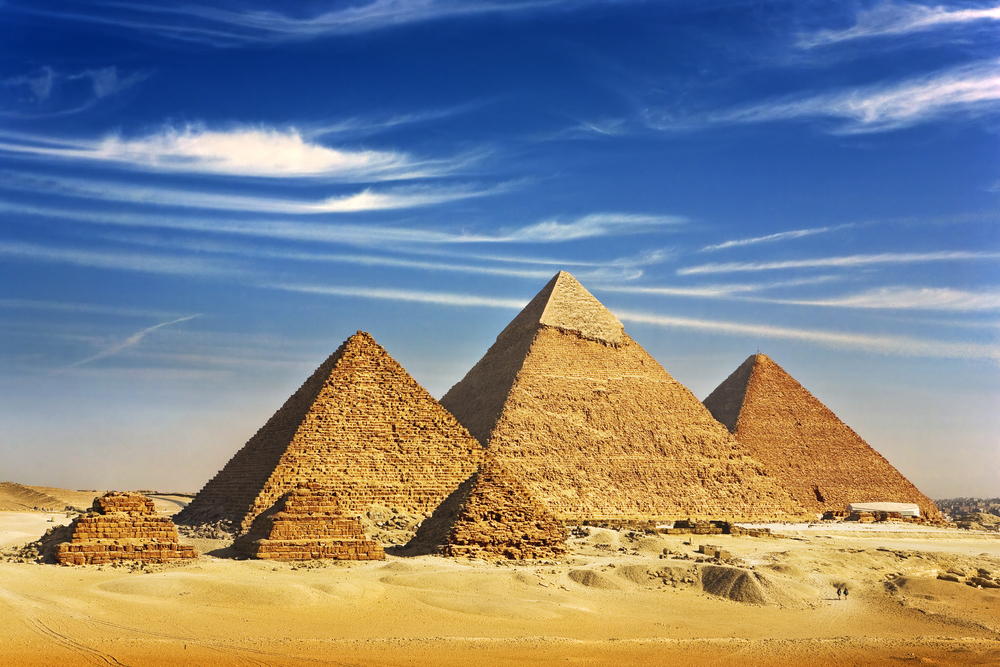
The belief that slaves built the Egyptian pyramids is widespread. However, evidence suggests that skilled workers, not slaves, constructed them. Workers’ villages have been found, showing that they were well-fed and cared for. They took pride in their work. This debunks the myth of slave labor.
The Leaning Tower of Pisa is Ready to Fall
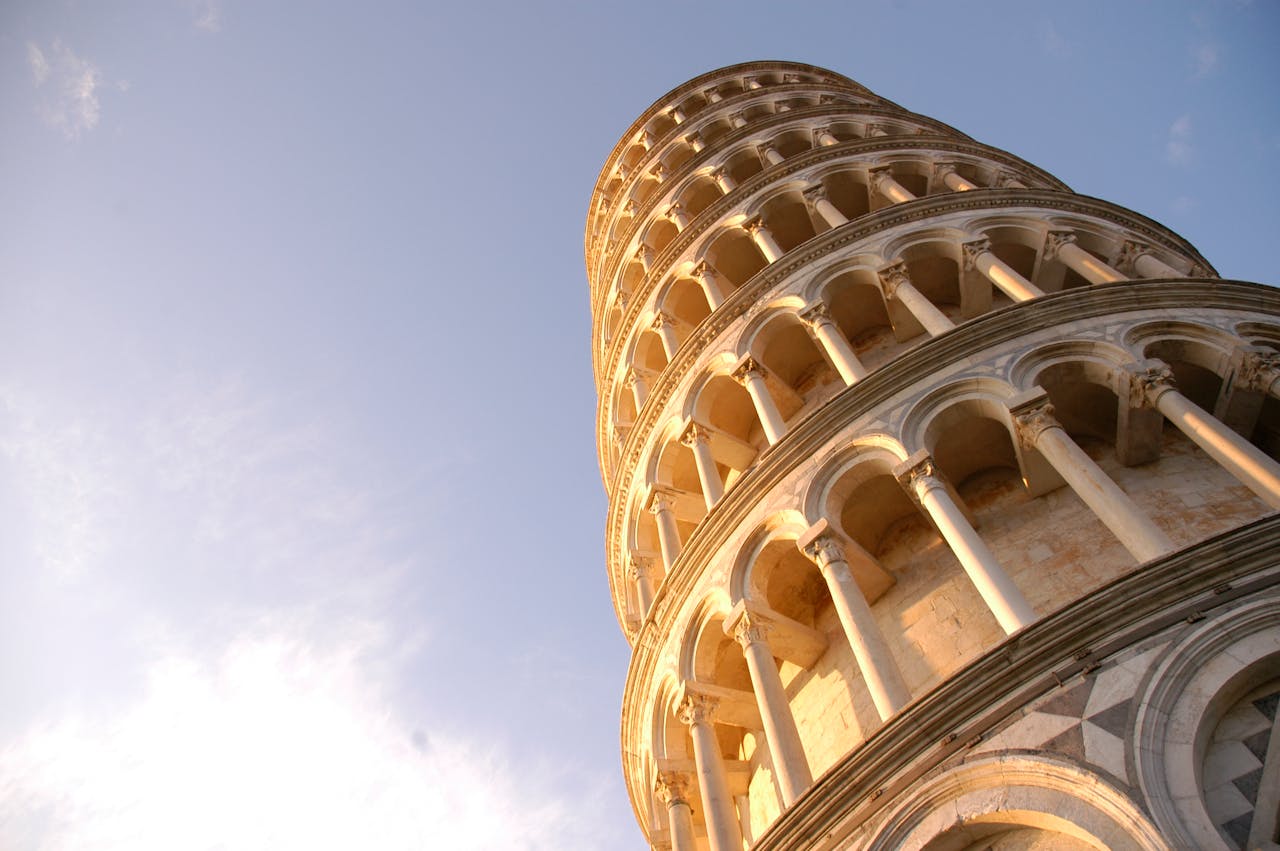
Many think the Leaning Tower of Pisa is on the verge of collapse. While it leans, it’s not in immediate danger of falling. Engineers have stabilized it to prevent further tilting. Visitors can safely explore the tower without worry. The leaning adds to its charm, but it’s stable.
Stonehenge is Built by Druids
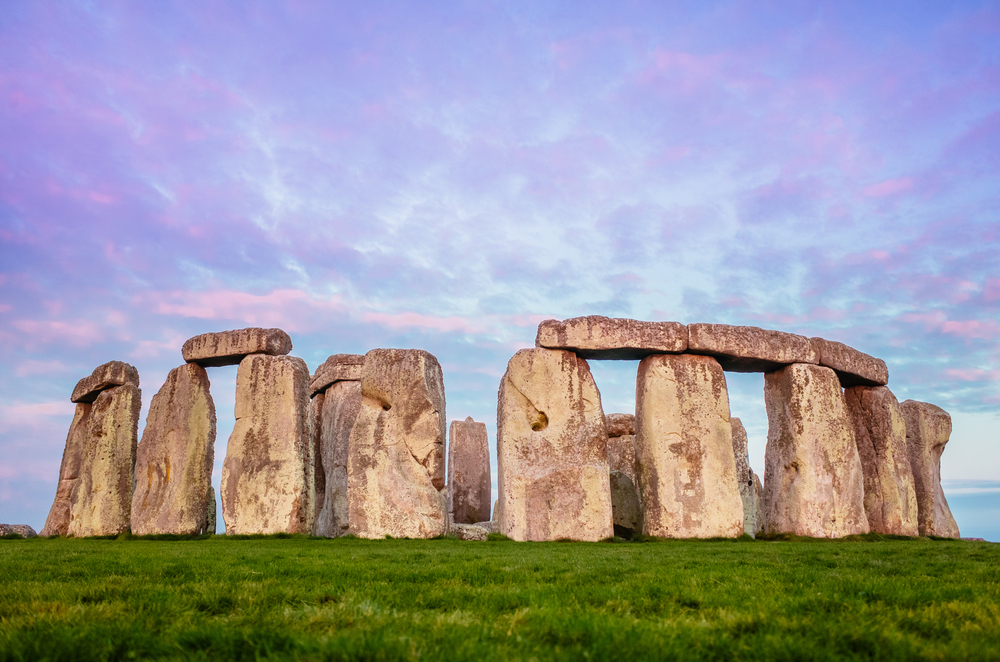
A common myth is that Druids built Stonehenge. However, Stonehenge predates the Druids by thousands of years. It was constructed during the Neolithic period. The purpose of Stonehenge remains a mystery, but the Druids were not the builders. Archaeologists continue to study its origins.
The Eiffel Tower is Painted Once a Year

Some believe the Eiffel Tower is painted annually. In reality, it’s painted every seven years. This maintenance helps prevent rust and keeps it looking fresh. The painting process takes a long time and requires many workers. This myth exaggerates the tower’s upkeep.
The Liberty Bell Cracked on First Use
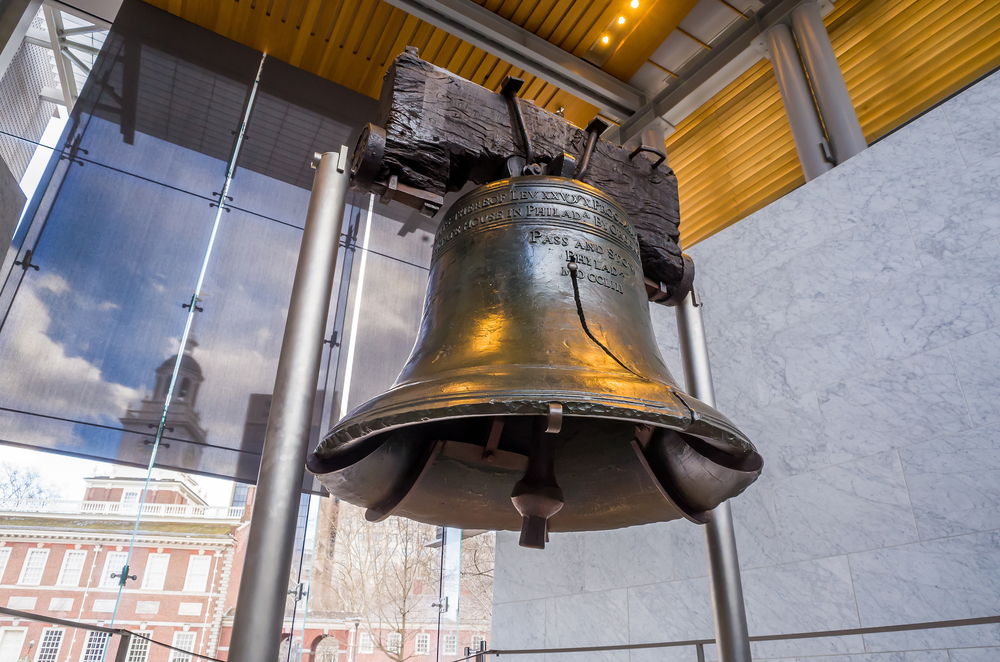
Many think the Liberty Bell cracked the first time it was rung. It actually cracked many years later. The bell cracked in the early 19th century, long after it was cast. Despite the crack, it remains a powerful symbol of freedom. The crack adds to its historical significance.
The Taj Mahal is a Palace

The Taj Mahal is often mistaken for a palace. It’s actually a mausoleum. Emperor Shah Jahan built it in memory of his wife, Mumtaz Mahal. The structure is a symbol of love and loss. It’s one of the most beautiful tombs in the world.
Mount Rushmore a Natural Formation
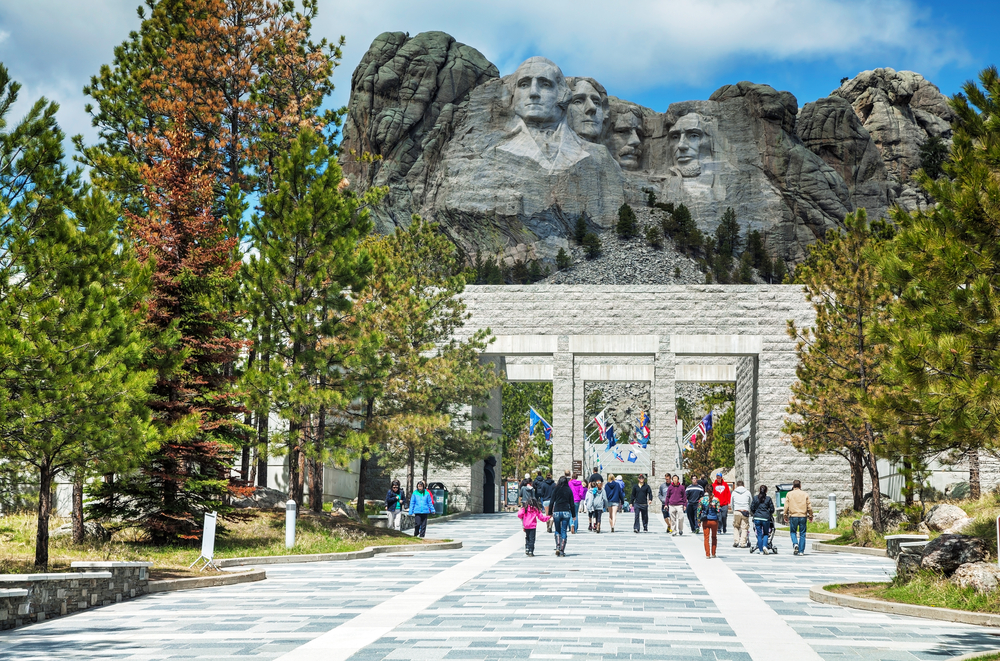
Some people mistakenly believe Mount Rushmore is a natural formation. It’s a colossal sculpture carved into the granite face of the mountain. Gutzon Borglum and his team of sculptors created it. The monument depicts four U.S. presidents. It celebrates American history and leadership.
The Sphinx’s Nose Shot Off by Napoleon
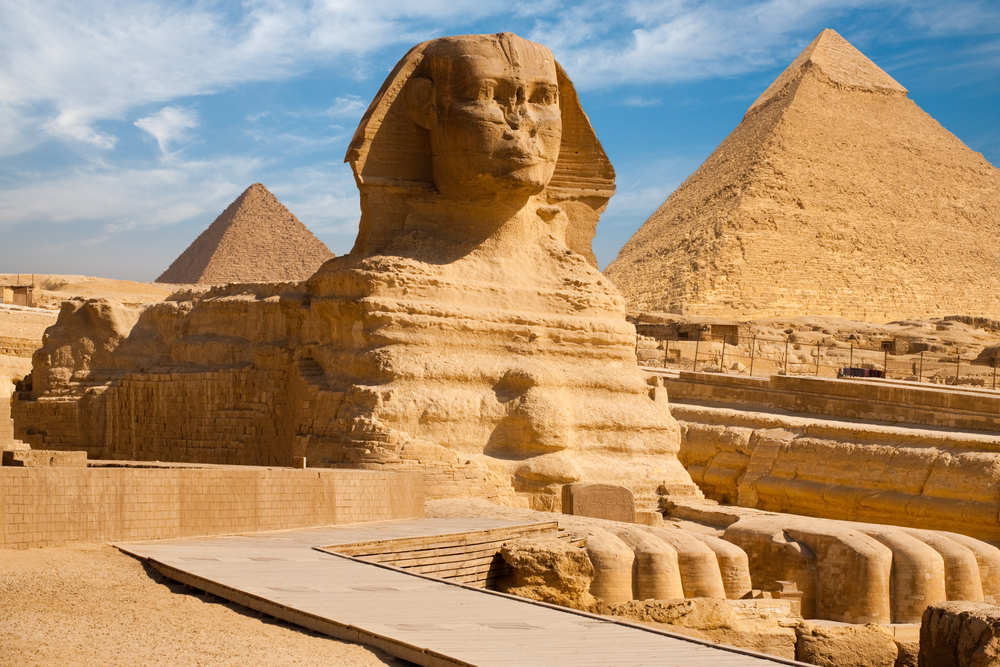
A popular myth is that Napoleon’s troops shot off the Sphinx’s nose. Historical records show the nose was missing long before Napoleon’s time. The true cause of the damage remains unknown. This myth unfairly blames Napoleon’s soldiers.
The Colosseum Used for Gladiator Battles Only
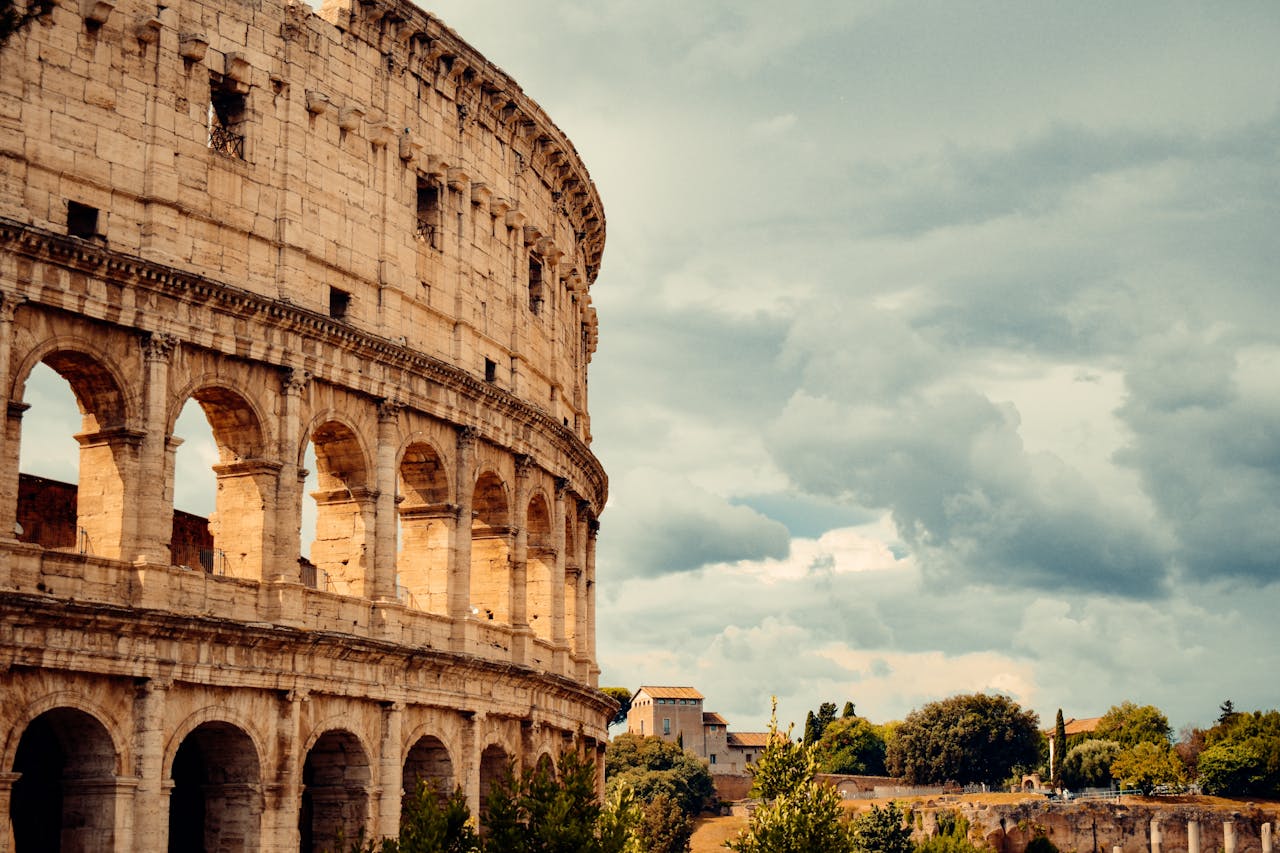
The Colosseum is famous for gladiator battles, but it hosted other events too. These included animal hunts, mock sea battles, and dramas. The structure was a multifunctional entertainment venue. It showcased the Romans’ architectural ingenuity and love for spectacle.
Big Ben Refers to the Clock Tower
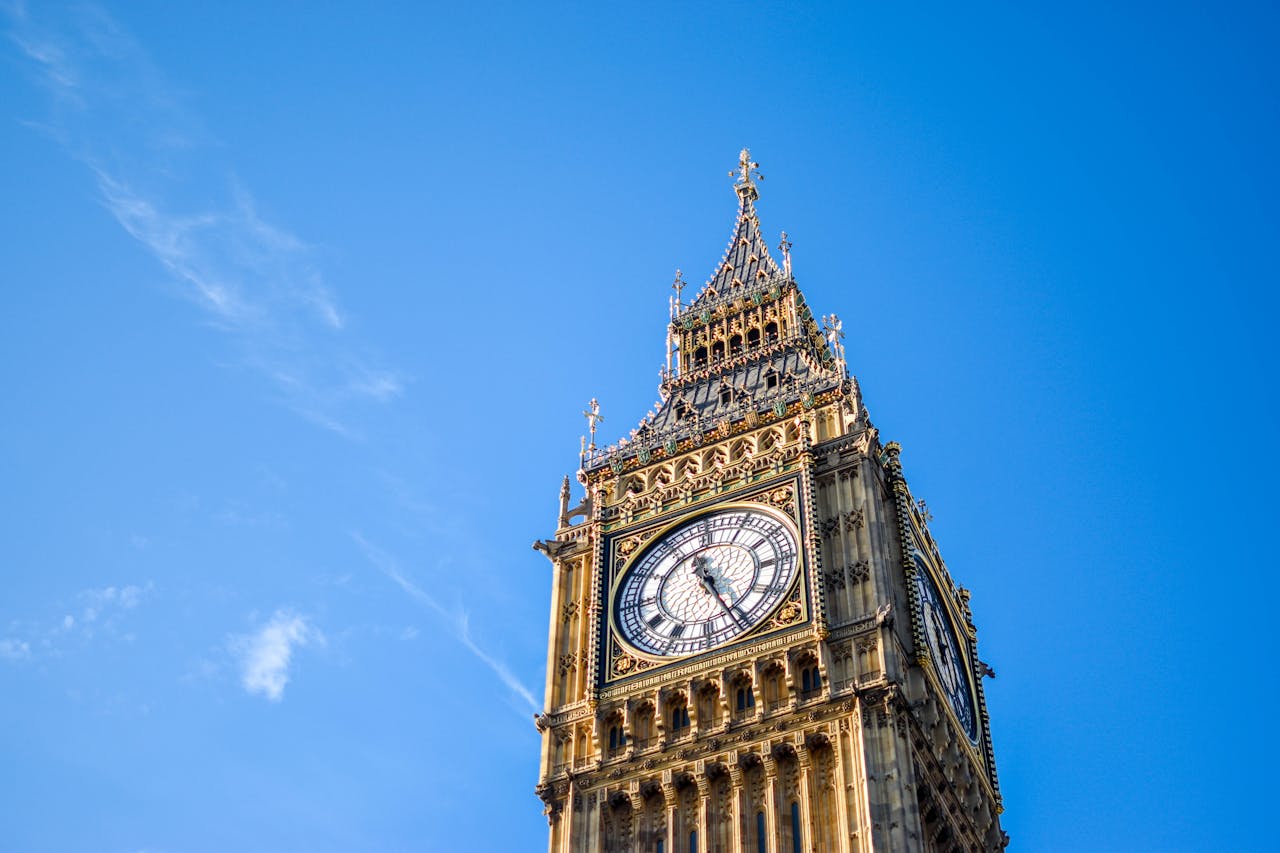
Many people think Big Ben refers to the clock tower. Big Ben is actually the nickname for the Great Bell inside the tower. The tower itself is called the Elizabeth Tower. This common misconception often confuses visitors. The bell’s name is iconic, but it’s only part of the structure.
The White House is Always White
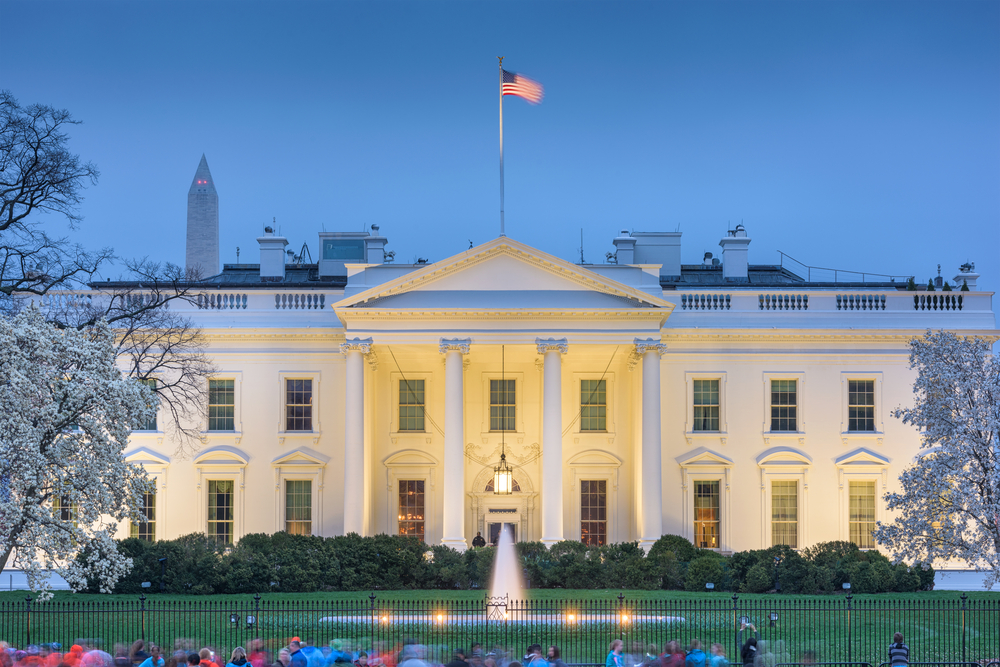
It’s easy to assume the White House has always been white. However, it was originally grey. It was first painted white to cover burn marks from the War of 1812. The name “White House” became official later. The paint color has become a symbol of the U.S. presidency.
The Gateway Arch Gateway to the West
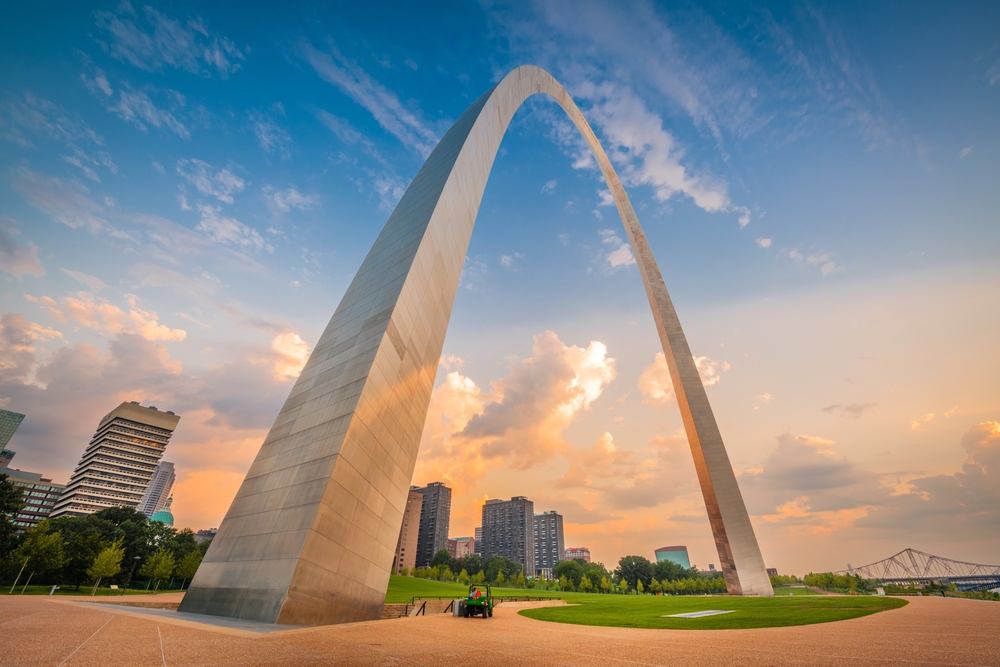
The Gateway Arch in St. Louis is often called the Gateway to the West. Some believe it marks the start of the western expansion. While it commemorates this period, it doesn’t mark the physical start. It’s a symbol of the spirit of exploration and expansion. The arch is an engineering marvel.
The Alamo’s Famous Cry
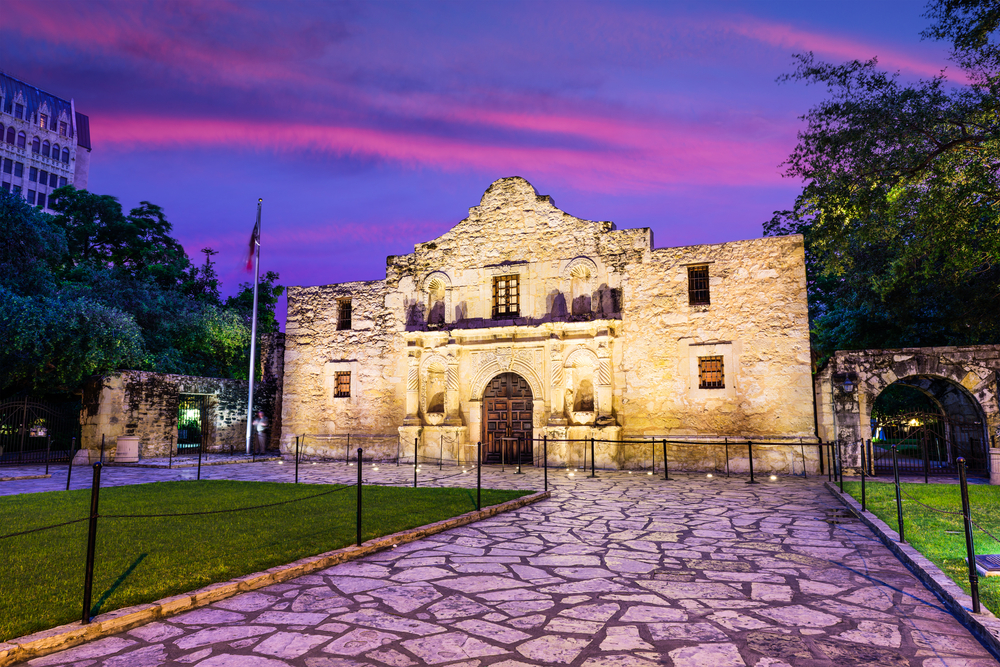
The phrase “Remember the Alamo!” is famous, but not everyone knows its origin. It became a rallying cry for Texan forces after the Battle of the Alamo. The myth is that it was shouted during the battle itself. The phrase inspired Texans in their fight for independence.
The Statue of Liberty Gifted to the U.S.
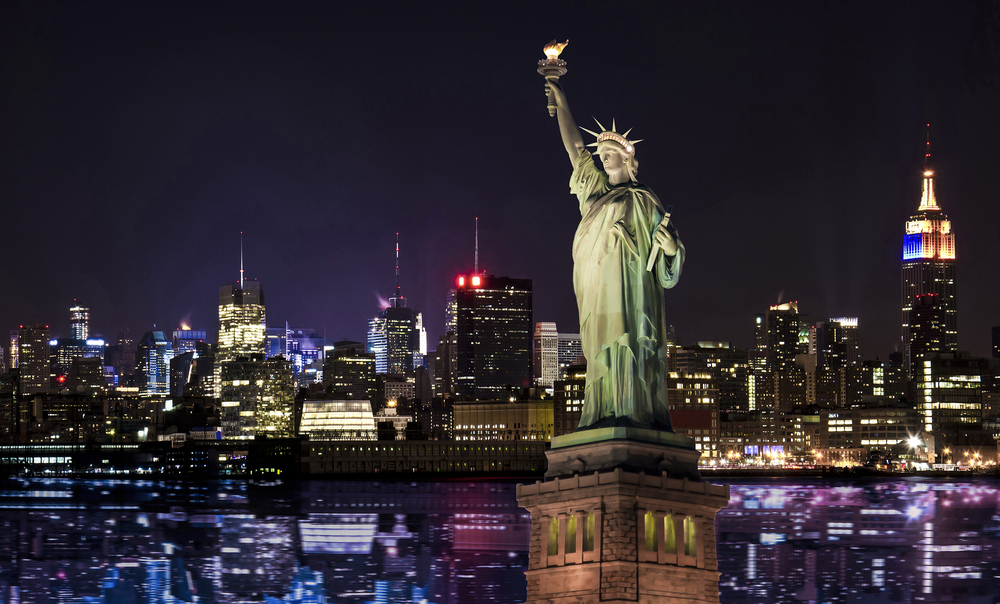
The Statue of Liberty was indeed a gift, but the myth lies in its purpose. Many believe it was a gift to celebrate American independence. It was actually intended to celebrate the friendship between France and the U.S. It also symbolizes freedom and democracy. The statue stands as a beacon of hope.
This article originally appeared on UnifyCosmos.

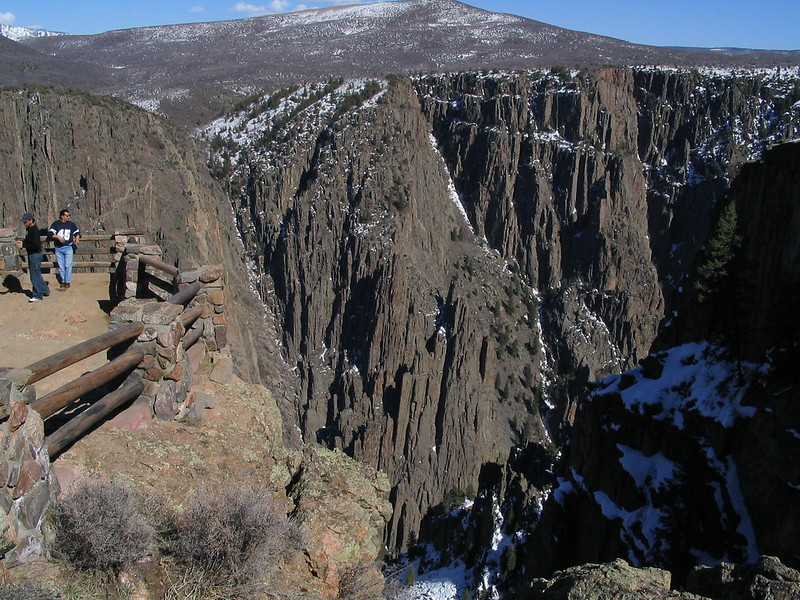

Leave a Reply